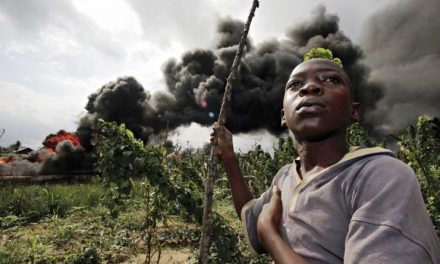Things are dire indeed if the U.S. Fish and Wildlife Service has to propose listing the rusty patched bumble bee, a vanishing pollinator who should be widely found in the upper Midwest and Northeastern United States, for federal protection as an endangered species. Just last year the Fish and Wildlife Service proposed protections for seven types of yellow-faced, or masked bees, in Hawaii as well.
As we all know, wild bee (and captive) species have been declining over the past two decades but this little beauty has seen their population plummet by more than 90 percent since the late 1990s.
“Bumble bees, as distinguished from domesticated honey bees, are essential pollinators of wildflowers and about a third of U.S. crops, from blueberries to tomatoes, said Sarina Jepsen of the Xerces Society for Invertebrate Conservation, which petitioned the government for protection of the insect.”
And their annual economic value to farms is estimated at $3.5 billion. We cannot have the amount of food we need, without them.
Because declining populations in the wild are more difficult to document (for the most part, honey bees are managed commercially and their numbers are carefully tracked by beekeepers) the addition to the endangered list is important. However, it is very likely to also rev up the debate about neonicotinoid pesticides and what role they have played in the decline of bee populations.
If you would like to have your voice heard, the public comment period runs through Nov. 21, 2016.
Source: Reuters












